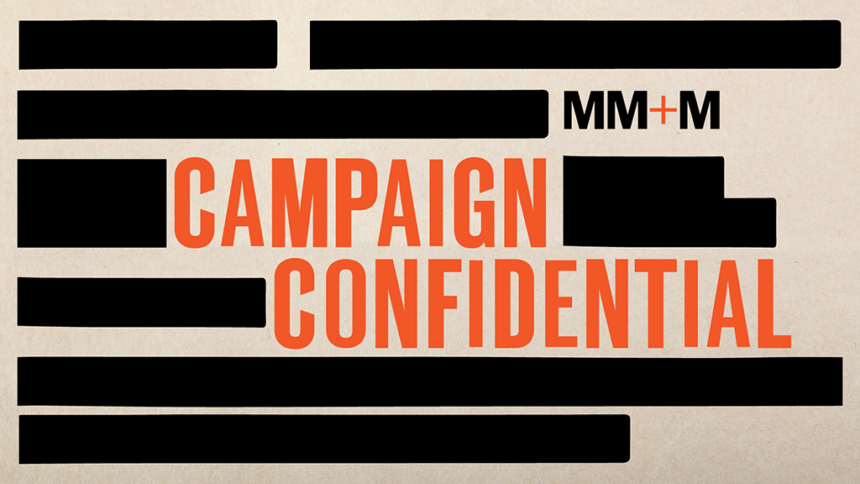In marketing its Breztri Aerosphere inhaler for COPD patients, AstraZeneca turned to the star power of one of NASCAR’s top drivers: Austin Dillon, the 2010 Rookie of the Year and 2018 winner of the Daytona 500. With his personal connection to COPD – his grandfather was treated for the condition — Dillon’s efforts went a long way toward helping the brand reach one of its key audiences.
In the 90-second “Getting the Call” spot, a longtime NASCAR fan and COPD patient is treated to a sneak preview of the logo and brand colors for Dillon’s Number 3 Chevrolet Camaro ZL1 1LE for Richard Childress Racing (RCR), which debuted at the NASCAR Cup Series in August.
To hear AstraZeneca executive director of inhaled, respiratory marketing Domenick Fanelli tell it, the partnership was fueled — pun richly intended — by an intensified need to connect with an audience that overindexes on broadcast and cable television.
“The audience for Breztri is generally 50 or older, but what is of interest is that they watch a tremendous amount of television compared to other demographics,” he explained. “That is likely related to some of the challenges of COPD. In addition, we know it is 30% more likely that a NASCAR fan is a COPD patient compared to those who are not fans.”
As a result, Fanelli added, “We know our content will go to the right audience.”

Fanelli emphasized the importance of an empathetic approach when communicating with COPD patients.
“It is a very receptive audience as long as you have acknowledged the challenges of living with COPD, empathized with them and connected with them on an emotional driver perspective,” he noted. “We have done that with the partnership with RCR by giving them a sense of belonging.”
The empathy-centric approach has led to quantifiable results, both for previous campaigns and the current one. “We do see increased impressions. We know that when we are sponsoring a NASCAR race we do a better job reaching them using this particular vehicle and we also know there are increased views in the social media space,” Fanelli said.
COVID-19 created new challenges for COPD patients and the execution of “Getting the Call” alike. During the pandemic, COPD patients were less likely to see their physicians because of fears around their potential susceptibility to COVID.
“The campaign has helped to activate those patients and get them to see their doctors and ask about Breztri,” Fanelli said.
As for the production of “Getting the Call,” AstraZeneca used FaceTime to capture the conversation between Dillon and Robert, the NASCAR fan and COPD patient. “We all had to navigate the safety protocols around COVID-19 and working in close partnership we were able to do that virtually,” Fanelli added. “Appropriate protocols were adhered to while still engaging patients.”
Asked about metrics, Fanelli concentrated on one in particular. “We get a very positive sentiment from our patients when it comes to anything related to Austin and RCR,” he reported. “Dillon has a personal commitment, RCR and NASCAR have a commitment to their fans, and we at AstraZeneca have a commitment to COPD patients. It’s the shared objective that makes this work.”








